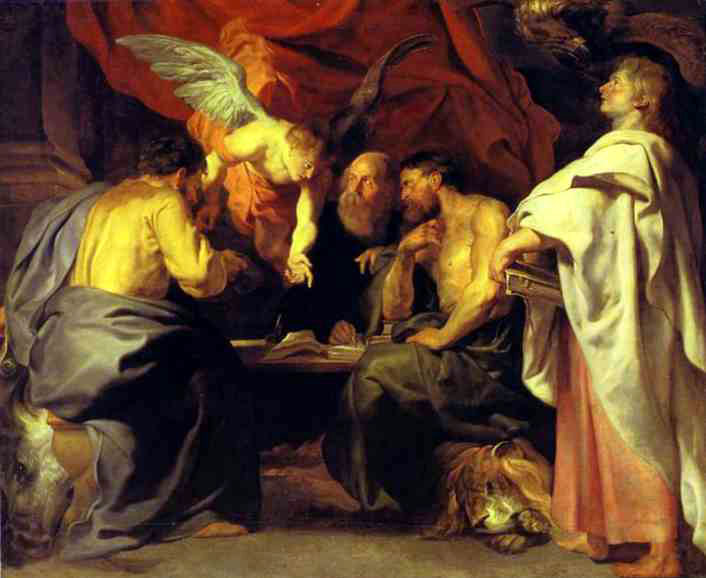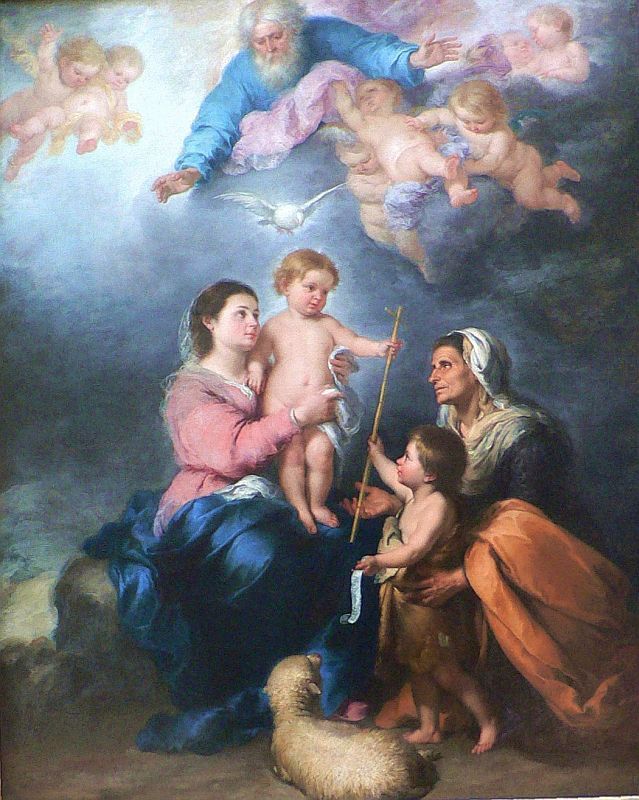
The Trinity, as envisioned by “Bartolomé Esteban Murillo (d. 1682)…”
Last year Trinity Sunday – always the Sunday after Pentecost – came on June 15. This year it’s celebrated on May 31st. See Trinity Sunday – Wikipedia, the free encyclopedia:
Trinity Sunday celebrates the Christian doctrine of the Trinity, the three Persons of God: the Father, the Son, and the Holy Spirit… The Sundays following Pentecost, until Advent, are numbered from this day. In traditional Catholic usage, the First Sunday After Pentecost is on the same day as Trinity Sunday… [T]he Episcopal Church in the United States of America (ECUSA) now follows the Catholic usage…
The link First Sunday after Pentecost will take you to the “RCL” Bible readings for that day: Isaiah 6:1-8, Psalm 29 or Canticle 2 or 13, Romans 8:12-17, and John 3:1-17.
The first reading – from the Book of Isaiah – is by the prophet who lived in the “8th-century B.C. Kingdom of Judah.” The book told how God would make Jerusalem the center of His world rule through a Messiah, an “agent who brings about Yahweh’s kingship.” In general, Isaiah spoke out for the poor and oppressed and “against corrupt princes and judges.” And Isaiah 44:6 contained the “first clear statement of monotheism,” a model that became “the defining characteristic of post-Exilic Judaism,” as well as of Christianity and Islam. (See Wikipedia.)
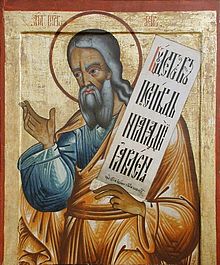 As for the Trinity Sunday reading, Isaiah 6:1-8 told of the prophet – seen at right iconocally – being first “cleansed and commissioned” to be a prophet, in the year “King Uzziah died.” (Asimov put that at 740 B.C.) At first he protested that he wasn’t worthy: “I am a man of unclean lips, and I live among a people of unclean lips.” But he got cleansed through the act of a seraph, holding a hot coal with a pair of tongs:
As for the Trinity Sunday reading, Isaiah 6:1-8 told of the prophet – seen at right iconocally – being first “cleansed and commissioned” to be a prophet, in the year “King Uzziah died.” (Asimov put that at 740 B.C.) At first he protested that he wasn’t worthy: “I am a man of unclean lips, and I live among a people of unclean lips.” But he got cleansed through the act of a seraph, holding a hot coal with a pair of tongs:
The seraph touched my mouth with it and said: “Now that this has touched your lips, your guilt has departed and your sin is blotted out.” Then I heard the voice of the Lord saying, “Whom shall I send, and who will go for us?” And I said, “Here am I; send me!”
Which brings up a note about the whole idea behind Trinity Sunday, to wit: the Trinity itself. (That is, both the doctrine of the Trinity and the idea that Isaiah could have his lips “touched” with a hot coal without screaming like a banshee are difficult to comprehend.)
As to the Trinity, see for example All About Trinity Sunday | Prayers, History, Customs:
Trinity Sunday … is one of the few celebrations of the Christian Year that commemorates a reality and doctrine rather than a person or event… The Trinity is one of the most fascinating – and controversial – Christian dogmas. The Trinity is a mystery. By mystery the Church does not mean a riddle, but rather the Trinity is a reality above our human comprehension that we may begin to grasp, but ultimately must know through worship, symbol, and faith. It has been said that [this] mystery is not a wall to run up against, but an ocean in which to swim.
(Emphasis added.) And as noted in June 15 [2014] – Part I, the Trinity is so extremely difficult to understand that even a smart guy like Thomas Jefferson couldn’t do it.
To prove my point: On April 29, 1962, President Kennedy gave a White House dinner to honor Nobel Prize winners “of the Western Hemisphere.” Attendees included Pearl S. Buck and Robert Frost, as well as a number of lesser-known Nobel laureates listed in the Notes. (Buck won the 1938 Nobel Prize in Literature. Frost won four Pulitzer Prizes for Poetry. In 1960 he was awarded the Congressional Gold Medal for his “poetical works,” and in 1961 he was named Poet laureate of Vermont.) Kennedy’s conclusion was:
 The point is this: If a smart guy like Thomas Jefferson couldn’t comprehend the Christian Trinity, what hope do we “mere mortals” have? Or as I noted in the post, Readings for June 15 [2014] – Part I, don’t worry:
The point is this: If a smart guy like Thomas Jefferson couldn’t comprehend the Christian Trinity, what hope do we “mere mortals” have? Or as I noted in the post, Readings for June 15 [2014] – Part I, don’t worry:
Neither did Thomas Jefferson, so you’re in good company… Jefferson questioned key parts of Christianity including Mary’s virgin birth, Jesus’ resurrection and Jesus’ teachings of being the messiah long before his death in 1826. “As early as 1788, we have a letter where he said he didn’t understand the trinity, and if he didn’t understand the trinity, how could he possibly agree to it?”
The thing is, even though Jefferson was a very smart guy, he fell into a “common error of thinking that he could ever really understand everything there is to know about God.”
But as noted above, “the Trinity is a reality above our human comprehension.” It’s a reality that we may only begin to grasp. The same seems to be true of much of the Bible, and especially the “mystical” parts. (That may be why some choose “literalism.” It’s ever so much easier…)
Fortunately the New Testament and Gospel readings are a tad easier to understand.
In Romans 8:12-17, Paul wrote that “all who are led by the Spirit of God are children of God,” and thus that we have “received a spirit of adoption. When we cry, ‘Abba! Father! it is that very Spirit bearing witness with our spirit that we are children of God.” As the International Bible Commentary put it: “The Spirit is not one who maintains the frightening, servile conditions of the old era, but gives the confidence that God is a personal Father.” (1331)
And in the Gospel – John 3:1-17 – Jesus had a talk with a “Pharisee named Nicodemus, a leader of the Jews” who was also a follower, but secretly. And again, even a smart guy like Nicodemus didn’t understand the concept of being “born again.” His problem? He took Jesus’ words too literally: “Nicodemus said to Him, ‘How can anyone be born after having grown old? Can one enter a second time into the mother’s womb and be born?'”
Jesus answered him, “Are you a teacher of Israel, and yet you do not understand these things?
… If I have told you about earthly things and you do not believe, how can you believe if I tell you about heavenly things?“
Which goes to show that reading the Bible too literally can only take you so far in your spiritual journey. As Jesus Himself noted, the Bible includes many realities that are simply above our human comprehension: “How can you believe if I tell you about heavenly things?”
See also the end of John’s Gospel, John 21:25, which said there were many other things Jesus did, “which if they were written in detail, I suppose that even the world itself would not contain the books that would be written.” There’ll be more about this in the next post…

As smart a guy as Thomas Jefferson couldn’t comprehend the Trinity…
One final note: The Trinity Sunday Gospel included John 3:16, “one of the most widely quoted verses from the Christian Bible.” It has been called “the most famous Bible verse,” and also “the ‘Gospel in a nutshell,’ because it is considered a summary of the central theme of traditional Christianity.” See John 3:16 – Wikipedia, the free encyclopedia. See also the 3:16 Game – Wikipedia, and “John 3:16” signs that people hold up at football games? (The “3:16” game was the “AFC Division Wild Card game on Sunday, January 8, 2012, between the Denver Broncos and Pittsburgh Steelers,” noted for “its statistical correlations to John 3:16, the quintessential Bible verse of Christianity.”)
For myself, I prefer to focus on the promise that Jesus made in John 6:37, to wit: That He would never turn away anyone who came to Him. See “What’s in it for me?” That post noted that John 3:16 was “a nice general sentiment,” but doesn’t answer the question, “what’s in it for me?”
Moving on to the credits and references:
The upper image is courtesy of Trinity – Wikipedia. The full caption: “God the Father (top), the Holy Spirit (represented by a dove), and child Jesus, painting by Bartolomé Esteban Murillo (d. 1682).”
The Isaiah image is courtesy of Isaiah – Wikipedia. The caption: “Russian icon of the Prophet Isaiah, 18th century (iconostasis of Transfiguration Church, Kizhi monastery, Karelia, Russia).”
The lower image is courtesy of Thomas Jefferson – Wikipedia, the free encyclopedia. The caption: “Thomas Jefferson, Official White House Portrait, by Rembrandt Peale, 1805.” That article also provided the Jefferson postage stamp image: “1st Jefferson stamp, 1856 issue.”
Re: Kennedy on Jefferson. See also Remarks at a Dinner Honoring Nobel Prize Winners, “…when Thomas Jefferson dined alone.” | The Pavellas Perspective,” and Dinner in Honor of Nobel Laureates. The latter noted that aside from Ms. Buck and Mr. Frost, other attending Nobel Prize winners included: Chairman of the Department of Biochemistry at Cornell University Medical College, Dr. Vincent du Vigneaud; physicist from the Institute for Advanced Study, Dr. Chen Ning Yang; biochemist from the University of California, Berkeley, Dr. Melvin Calvin; and chemist from the University of California, Berkeley, Dr. William F. Giauque.”
Re: Thomas Jefferson on the Trinity. See for example Controversial Thomas Jefferson book pulled over complaints. See also Jefferson Bible – Wikipedia, the free encyclopedia, which said Jefferson’s book titled The Life and Morals of Jesus of Nazareth began with an account of Jesus’s birth “without references to angels (at that time), genealogy, or prophecy. Miracles, references to the Trinity and the divinity of Jesus, and Jesus’ resurrection are also absent from his collection.”
One other final note: I wrote about last year’s Trinity Sunday in The readings for June 15 – Part II.

 Here’s the problem: both those right-wing politicians and the voters they court are seen as negative by most other Americans. You don’t believe it? Just Google “negative Christians.” I did that and got almost 12 million results. (As noted in
Here’s the problem: both those right-wing politicians and the voters they court are seen as negative by most other Americans. You don’t believe it? Just Google “negative Christians.” I did that and got almost 12 million results. (As noted in  In a sense I couldn’t have said it better myself.
In a sense I couldn’t have said it better myself.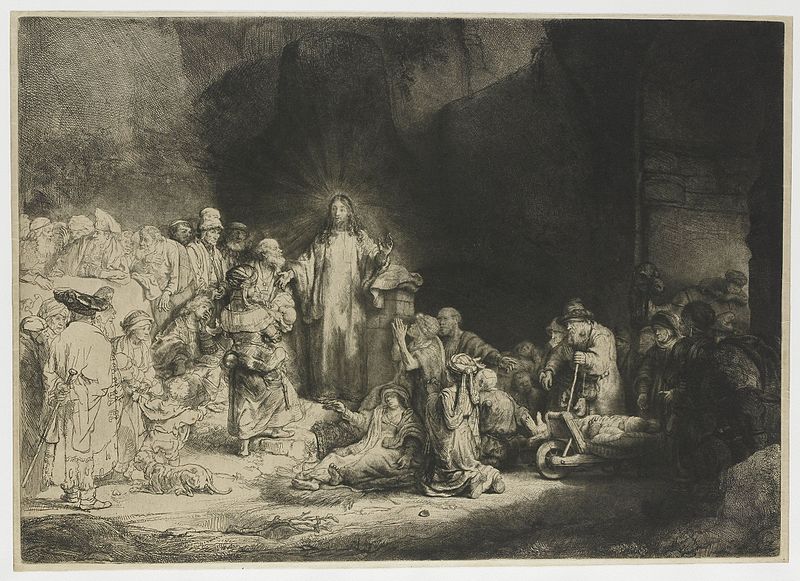
![Will I REALLY live to 120?: On Turning 70 in 2021 – and Still Thinking “The Best is Yet to Come” by [James B. Ford]](https://m.media-amazon.com/images/I/41goY63cZ1L.jpg)
![(Some) Adventures in Old Age: Or, “How NICE it was to travel, before COVID” by [James B. Ford]](https://m.media-amazon.com/images/I/51YYIAuQi1S.jpg) The cover picture – at right – shows me “blending in” in Jerusalem in May, 2019. The book talks about adventures I had on that trip, including how I found the “BeerBazaar,” located on Etz Hayyim – I knew it as Jaffa Street – a 4-minute walk from Davidka Square. (Where I found a liquor store my first Sunday in Jerusalem, and bought some brandy for light libations after a day’s trekking about the Holy Land.)
The cover picture – at right – shows me “blending in” in Jerusalem in May, 2019. The book talks about adventures I had on that trip, including how I found the “BeerBazaar,” located on Etz Hayyim – I knew it as Jaffa Street – a 4-minute walk from Davidka Square. (Where I found a liquor store my first Sunday in Jerusalem, and bought some brandy for light libations after a day’s trekking about the Holy Land.)

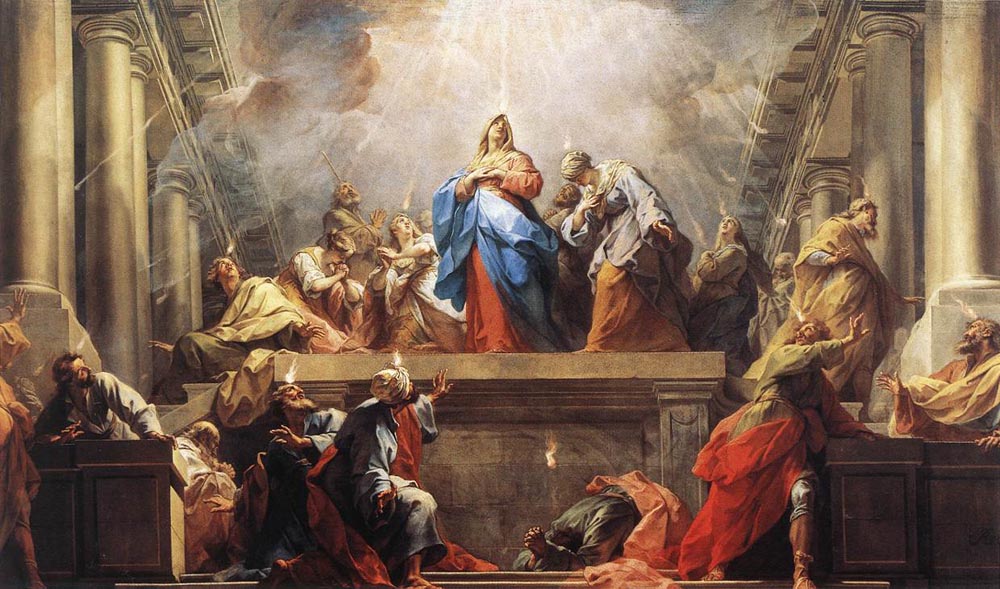
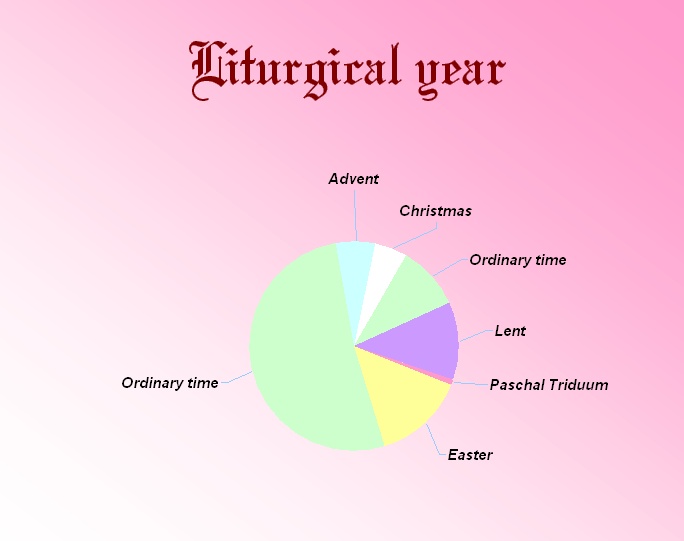 Another thing that Pentecost does is mark the beginning of “Ordinary Time,” as it’s called in the Catholic Church, and shown in the chart at left.
Another thing that Pentecost does is mark the beginning of “Ordinary Time,” as it’s called in the Catholic Church, and shown in the chart at left.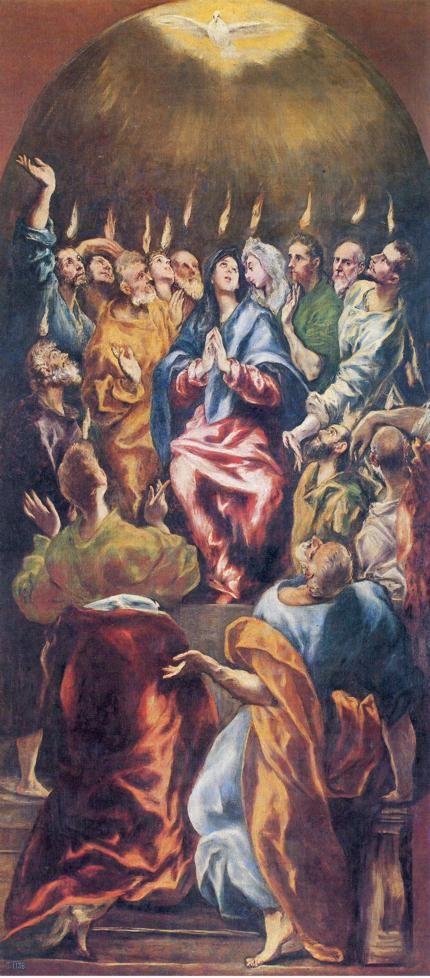


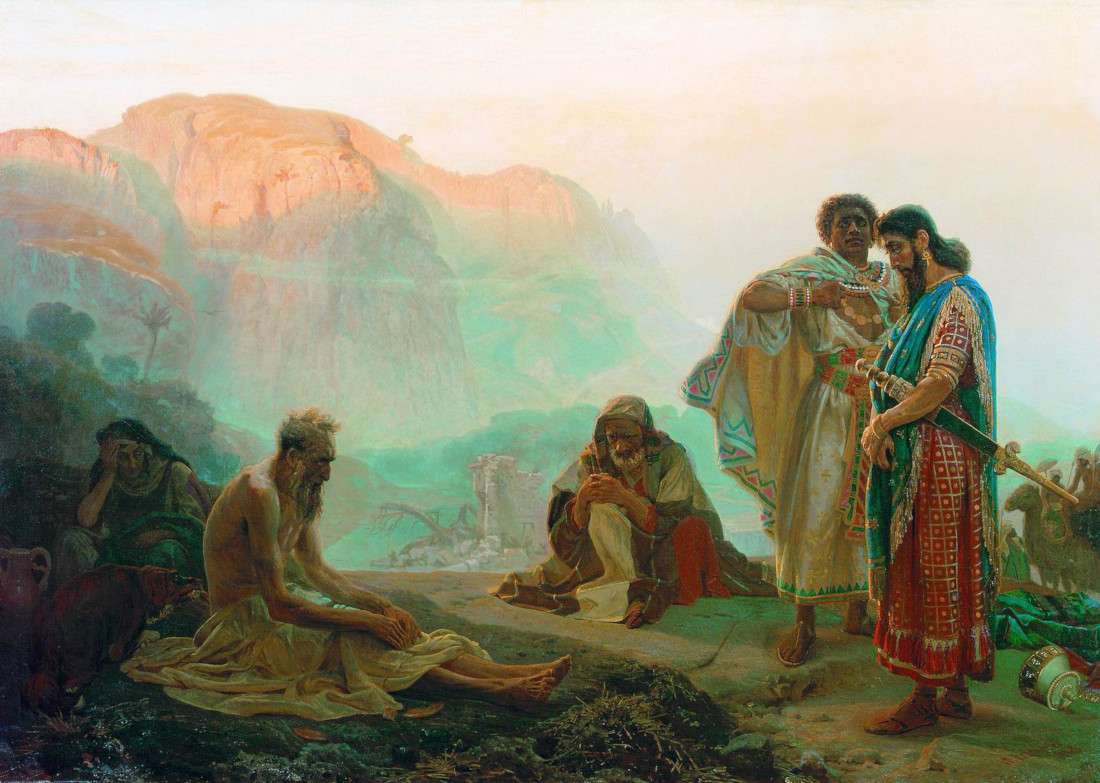
 But to get back to the depressing part of Job…
But to get back to the depressing part of Job…  But as we all know, life doesn’t work that way. No one has found the magic formula to change God into a “magic genie” who will cater to our every whim. (See
But as we all know, life doesn’t work that way. No one has found the magic formula to change God into a “magic genie” who will cater to our every whim. (See 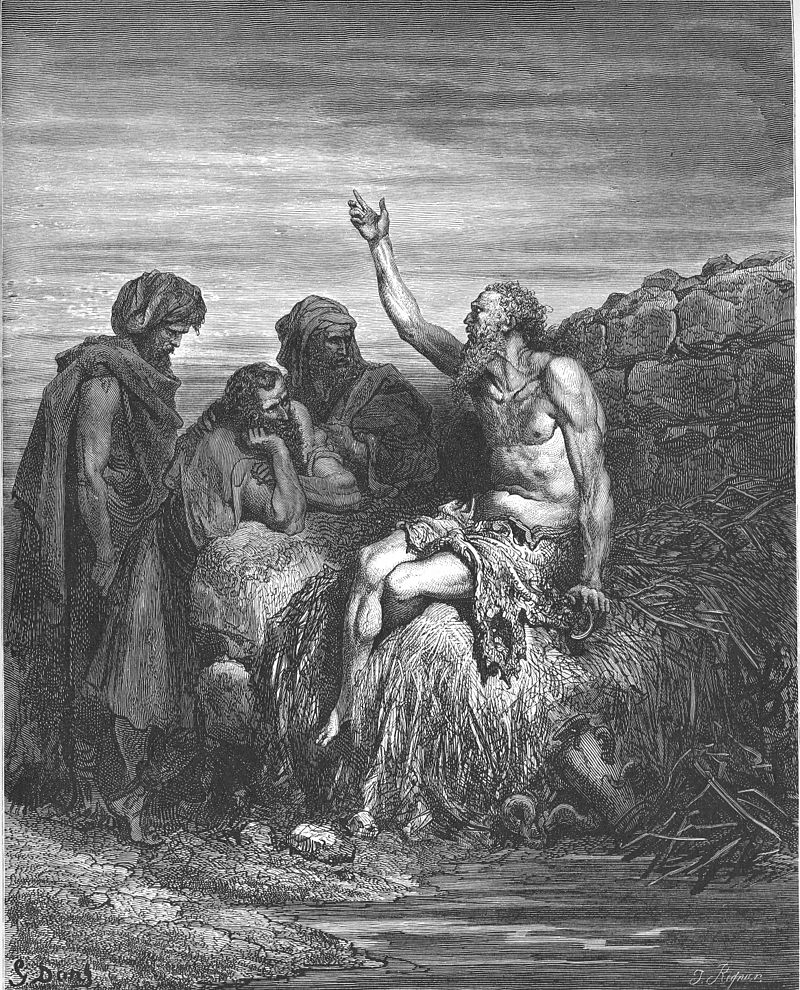 “Job and his friends…”
“Job and his friends…”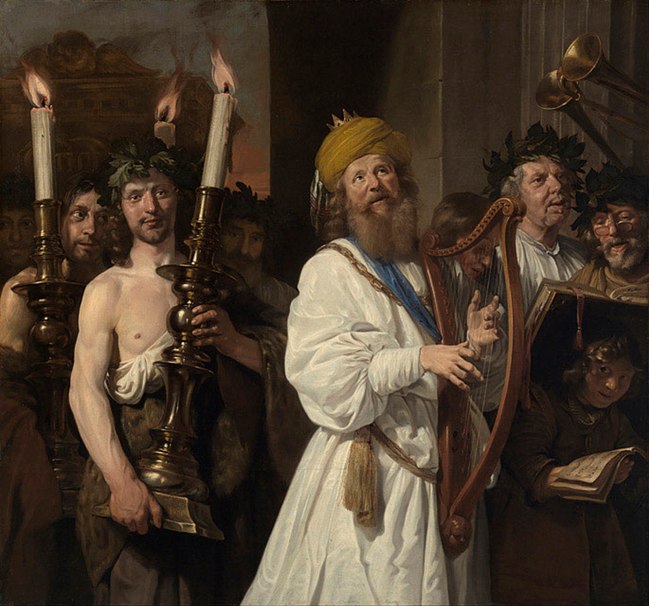
 See
See  In
In 
 Wednesday, April 29, 2015 – I last reviewed a full set of Sunday readings on March 8. That post –
Wednesday, April 29, 2015 – I last reviewed a full set of Sunday readings on March 8. That post – 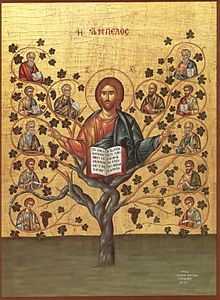 See
See  (For more on this prophet, see
(For more on this prophet, see 

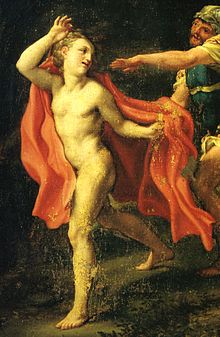 The writer of this first-in-time Gospel is generally identified as the same
The writer of this first-in-time Gospel is generally identified as the same  Note that Mark 16:8 says, “
Note that Mark 16:8 says, “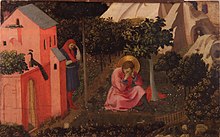 And before closing it should be noted that the Gospel of Mark itself presents a kind of
And before closing it should be noted that the Gospel of Mark itself presents a kind of  Which explains some of the symbolism in the Ter Brugghen painting, including the lion at Mark’s elbow and the open book he’s reading. (The open book can be a symbol of peace, or as a symbol of public justice. See
Which explains some of the symbolism in the Ter Brugghen painting, including the lion at Mark’s elbow and the open book he’s reading. (The open book can be a symbol of peace, or as a symbol of public justice. See 